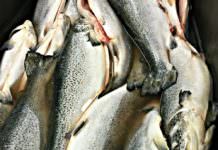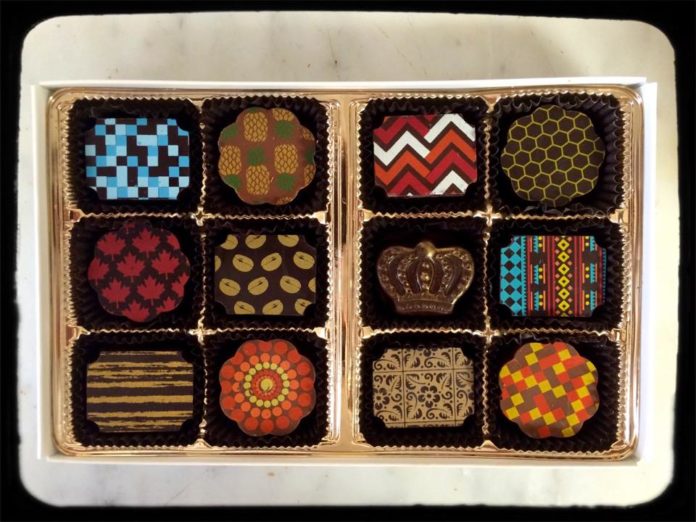
Pierre’s Chocolates in New Hope is well-known for their delightful truffles. What many people may not be familiar with is their line of exceptional single and double origin artisanal chocolates from South America and other parts of the world. Justin Zaslow and his father-in-law, Tom Block, are the creative force behind Pierre’s.
I sat down with Justin one day in the tiny back room (and production area) of Pierre’s to learn more about their chocolate making and specifically to talk about direct trade, and Justin’s trip to Ecuador in 2015.
BCT: At first I should describe what it’s like sitting here, in the back room at Pierre’s where all the magic happens. I am facing shelving with boxes and boxes of chocolates. And as if the smell in here wasn’t heady enough, I’m looking at names like “Cheesecake-dark”, “Pomegranate-dark”, “Nacional Peru”, …”Hewn Rum”, “Modigliani”, “Mariposa,” “Smoky Maple”. It’s a bit distracting.
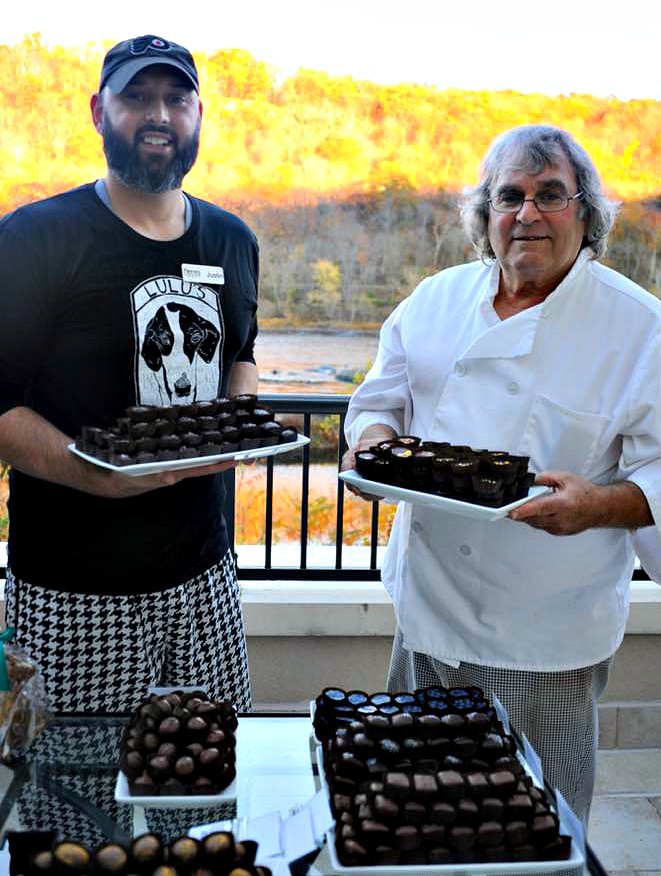
Justin: We like to have fun. We love ingredients. We love playing around with things. Even though we don’t have space we just keep doing these things. I think we’re close to 200 kinds of chocolate, all hand-made here.
BCT: We’re going to talk about Ecuador in a minute and start using terms that people have only heard in the coffee world like “single origin” and “fair trade” only we’re going to talk about it in relation to chocolate.
Justin: It’s very similar to coffee. Terroir is a familiar term especially to people who like wine and coffee. How the soil imparts a flavor component into a bean or a grape and without any flavor being added. That’s one of the reasons I was drawn to Ecuador. I had known about Ecuadorian chocolate from way back when. The country produced some of the best chocolate in the world at one point.
Direct Trade vs. Fair Trade
BCT: You use the term, “direct trade.” How is that different from “fair trade”?
Justin: For the most part, fair trade is a marketing term and it’s rather ambiguous. It’s “fair” but who is it fair for? Most of the time it is fair for the buyer. The buyer sets the pricing, the quantities, everything like that. Then the growers are out on their own doing their thing and the intermediary jumps in and sets up everything.
What we’re doing now is direct trade with Ecuador. We get the product directly from the cooperative. I met the farmers and the growers there. Their lives are directly impacted by the chocolate that we buy.
We know for a fact — they send us numbers — that we are bettering their lives directly through purchasing this particular chocolate.
We know for a fact — they send us numbers — that we are bettering their lives directly through purchasing this particular chocolate. And one of the reasons why is that it’s all done down there. The sugar comes from the northern part of the country, the dairy is from the middle part of the country and the cacao comes from the southern part of the country.
And the manufacturing is now happening in Ecuador. It doesn’t have to be shipped to Belgium or France to be processed or refined. They have sent engineers from France down to Ecuador to teach the indigenous people how to manufacture. Everything is being done down there, and the profits stay down there.
Ecuadorian chocolate — from start to finish
BCT: How did the trip to Ecuador come about?
Justin: We were starting to source single origin chocolate from different parts of the world and the Ecuadorian always stood out. Then we were approached by a sales rep who was representing Valrhona but had started also repping this company called República del Cacao. He said you’ve got to try some of this chocolate, it’s outrageous. And at the price point it’s not like Valrhona which we couldn’t afford to buy (we’d have to sell that at $100/lb.).
We tried a couple of different single origins from República and I was blown away. I couldn’t believe what I was tasting. What with the ease of getting the product and also the price point, it was the perfect answer. We wanted chocolate that really represented what we’re all about.
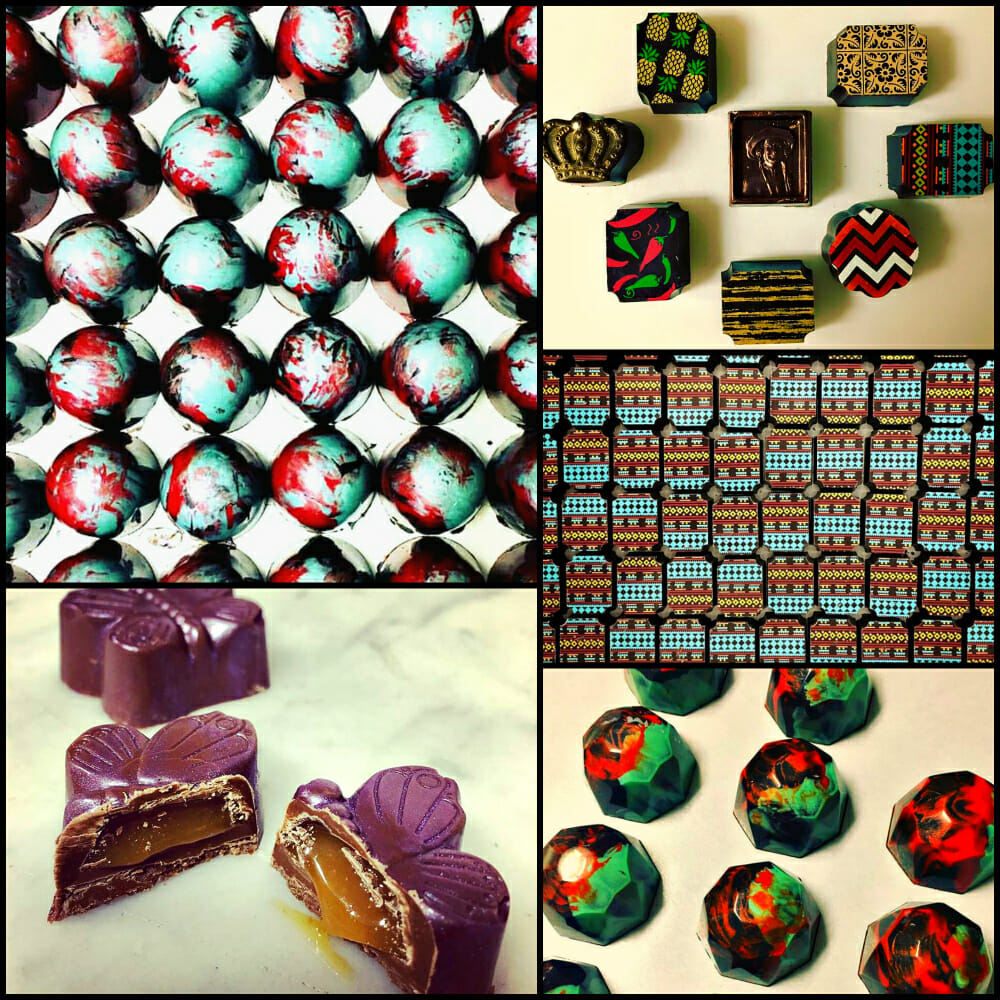 So we brought in some chocolate and started playing around with it. We developed different flavors. Then I was lucky enough to be selected among seven other chocolatiers and chefs from around the country to go to Ecuador and witness every part of the production of chocolate from the cacao fields to the sugar plantations, dairy farms to the manufacturing facilities.
So we brought in some chocolate and started playing around with it. We developed different flavors. Then I was lucky enough to be selected among seven other chocolatiers and chefs from around the country to go to Ecuador and witness every part of the production of chocolate from the cacao fields to the sugar plantations, dairy farms to the manufacturing facilities.
Justin’s Trip to Ecuador
- Arrive at Guayaquil, Ecuador
- Vinces: Caicedo cacao farm
- Quito, Cayambe & Turucucho: Dairy farm
- Pacto: Sugar cane plantation
- Quito: República del Cacao manufacturing facility
BCT: Let’s talk about the trip. Where did you go first?
Justin: We arrived in Guayaquil, which is the largest city in Ecuador and is in the southern part of the country. It is mostly hot and humid there, ideal for growing cacao. Cacao grows within 20 degrees north and south of the equator.
The next morning we boarded a bus and traveled about two hours to a small town called Vinces in the Los Rios Province. We arrived at Rancho Grande, a family owned and operated cacao plantation, run by Raul Caicedo, his wife Maria and daughter Gissela. The farm has been in the family for over 200 years.
BCT: What are some of the most memorable moments for you?
Justin: I had never experienced being in a rain forest. As we began walking into the jungle, I couldn’t wait to see an actual cacao pod! I remember seeing, touching, smelling the first cacao pod I laid eyes on. Just incredible. While walking through the plantation, we were able to see cacao growing in all different stages from flower, to pod, to raw bean, to dried bean, to untempered chocolate.
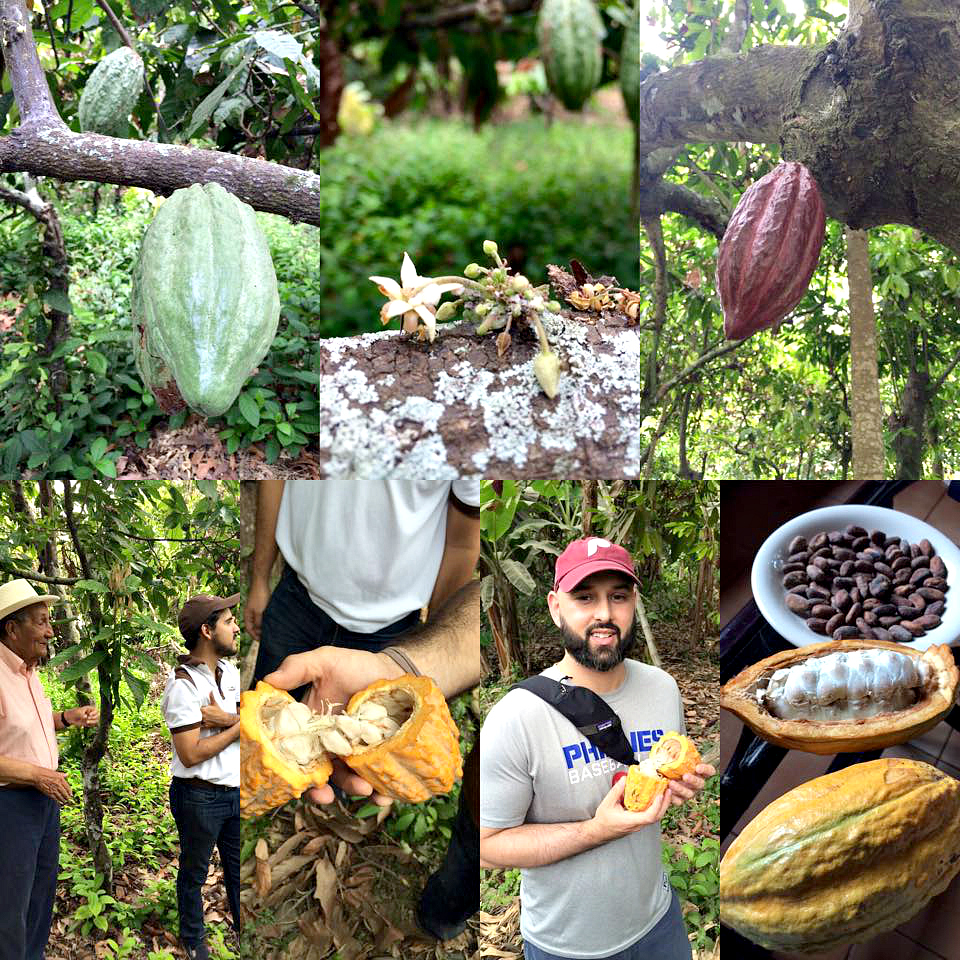
To actually see the pod come off the tree, and cut it in half and look at a cacao bean was just mesmerizing. And then after that we were able to see the beans in every form of fermentation.
After we walked through the entire farm, we were treated to homemade hot chocolate, cakes, and — one of my top food experiences in my life — scratch-made empanadas from the Salciedo’s family recipe. Light fluffy pastry surrounded the most complex and flavorful beef filling I have ever tasted.
And the people stood out; just how proud they were. This is their life and livelihood; and to see that firsthand is just incredible.
To the mountains and the cows
BCT: So after spending a couple of days in and around Guayaquil, you flew next to Quito in the northern part of the country. What was that like?
Justin: Quito is entirely different from Guayaquil. It is almost 3,000 feet above sea level and is very mountainous. As soon as we flew in, we drove three hours to an even higher elevation to the small town of Turucucho in the foothills of the majestic Cayambe mountain range.
It is a small village of indigenous people, mostly dairy farmers. We were at the farm at around 5:30 in the morning when they start to milk the cows. These cows are free roaming, grass-eating, healthy cows which produce the finest milk. This milk is then brought mostly by horseback to the dairy collection center where it is tested for bovine mastitis as well as ph balance.
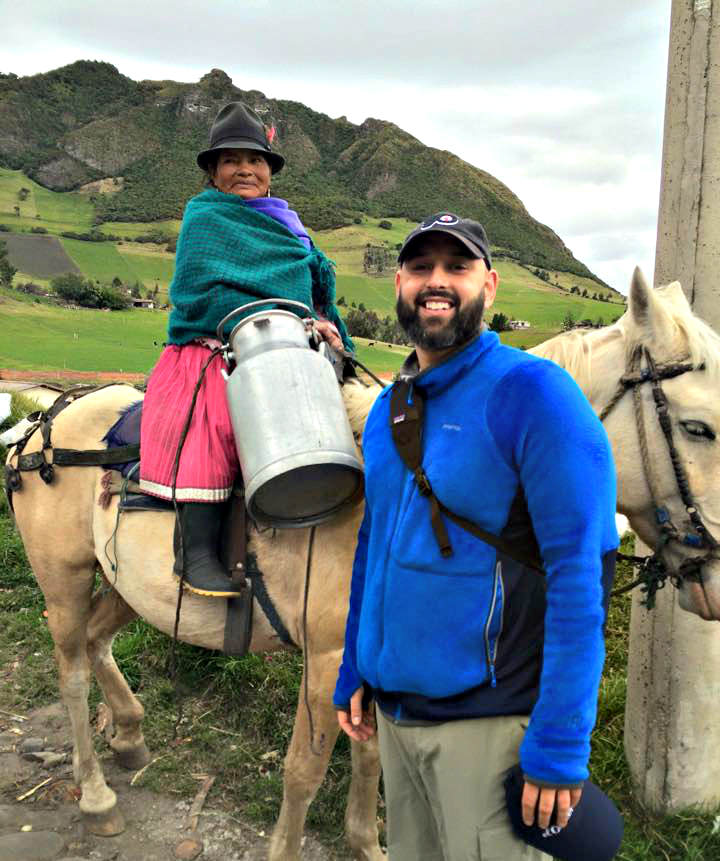
The funny thing is they export 99.9% of their cocoa and coffee in Ecuador. It’s unfortunate because they don’t get to experience the results of their incredible hard work.
One of the things that really got me was we took a little bit of finished (chocolate) product down there with us. When we presented it to them — this is in the mountains — they had never seen anything like it. And we said, this came from the milk from your cows — and their cows are their family — this is what we do, this is what we make.
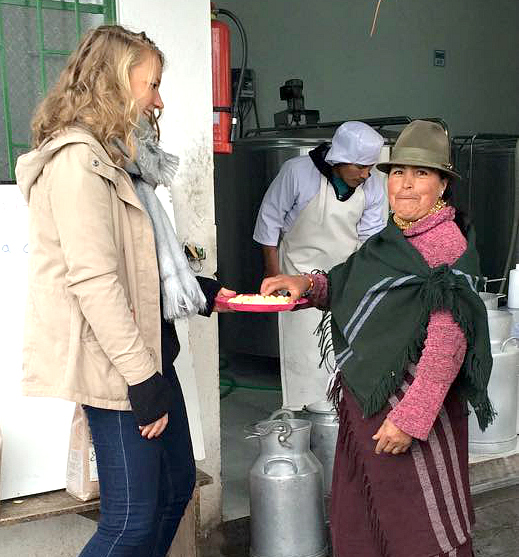
At first they took a piece, the little kids, they would bite it, and giggle and run away like they had stolen something. And we kept saying, come back, try what we have. And they would come back and they would grab it and stuff it in their pockets. So we actually told the company, make sure they get chocolate down here.
When I was going through customs the lady said, oh, you’re down here for business. What do you do? I said, I’m in the chocolate business. And she said, how’s the chocolate here? And I said, it’s some of the best in the world! She didn’t know that. She had no idea.
BCT: So at this point you’ve seen cacao beans, and where the milk comes from for the chocolate. Where did you go next?
Justin: During the last leg of our trip we were graciously invited to see a family owned and operated organic sugar cane plantation high up in the mountains of Pacto, a three-hour drive from Quito, mostly through the mountains. The drive was absolutely terrifying as we were in a bus, there were no guard rails, and nothing but cliffs to either side.
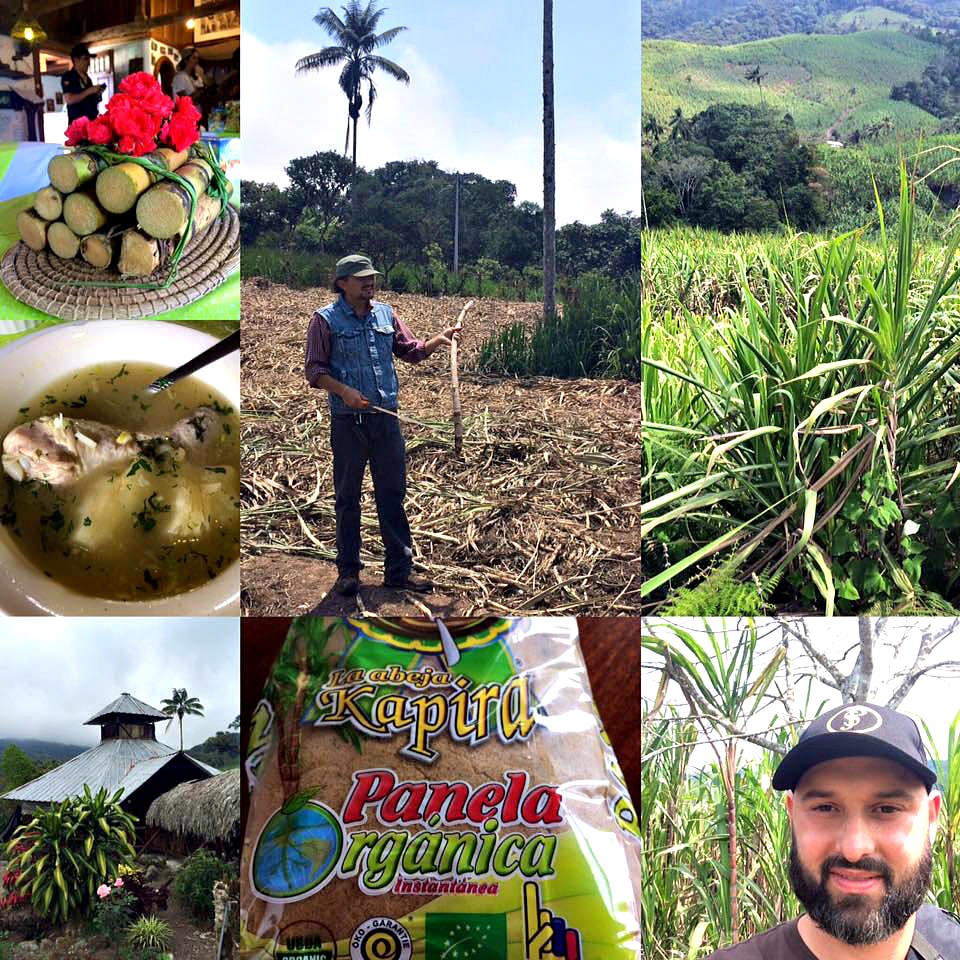
When we finally arrived, we were treated to an amazing lunch from the family who owns the plantation. We then trekked through the jungle and saw thousands of acres of the most amazing sugar cane.
The owner took us through the entire process and showed us sugar cane at each stage including the final process and finished product. The entire operation is certified organic which is extremely difficult and expensive to achieve especially in Ecuador.
He is paying a lot of money for certification because he thinks that the sugar cane being organic is a much better product. He doesn’t want to use pesticides. So if one crop out of ten survives, he’s okay with that.
He is taking the proper steps of growing something to achieve the best final product. He’s not using slash and burn when the crop is over. Those sort of things just really resonated with me, and that’s why we’re sourcing from these growers.
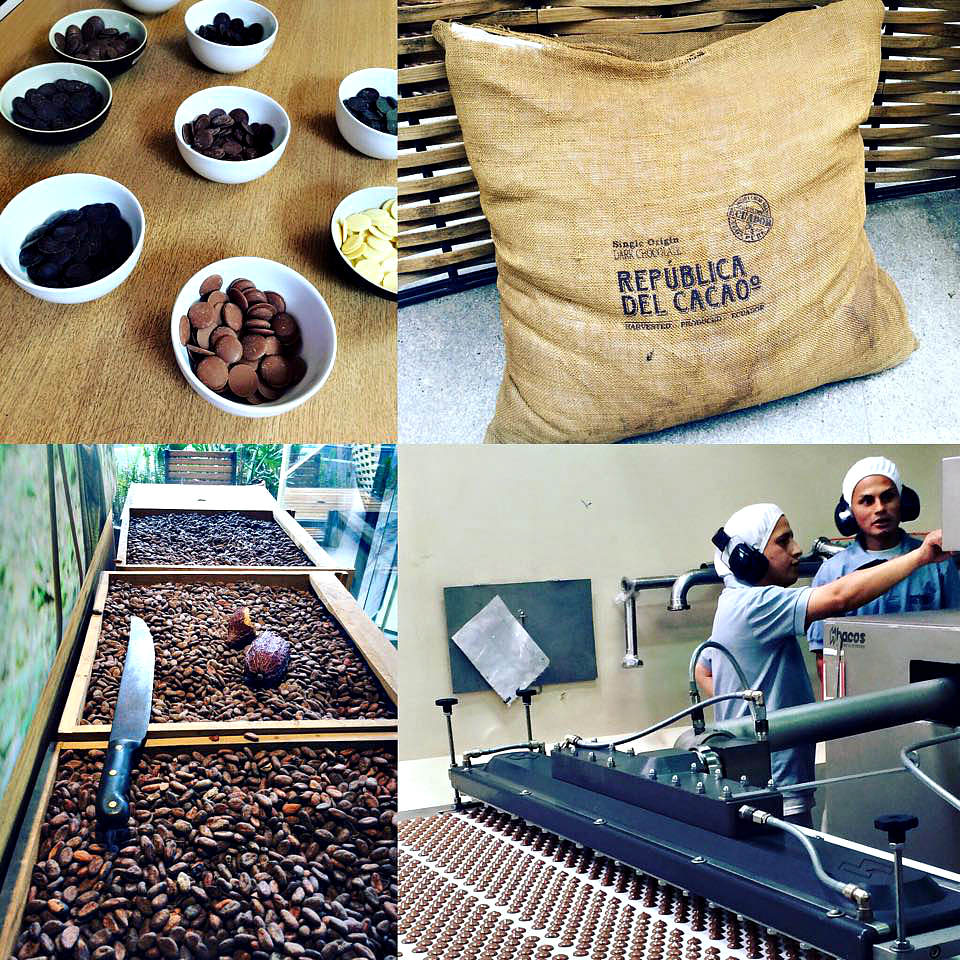
Lastly, a trip to the production factory outside of Quito. The highly skilled engineers and machine operators showed us the day-to-day operations. We were able to finally connect the cacao journey from tree to finished product.
Once the chocolate comes off of this machine, it is packed up and shipped to us. This is how we receive our chocolate which we then melt down to make confections and molds.
Ecuadorian chocolate in New Hope
BCT: So, let’s get back to New Hope. What are you making with this incredible chocolate?
Justin: From that trip we’ve developed 10-12 different pieces based on different chocolates — milks, darks — we’re actually using a white chocolate, one of the first single origin white chocolates. If you don’t like white chocolate that’s understandable but I implore you to try this white chocolate 31% — it’s got hazelnut in the background, it’s got just a little bit of vanilla where most white chocolates are heavy on the vanilla. It has a really creamy, smooth texture.
I just got a bag of chocolate the other day. They sent me a sample of 70% Ecuador and Peru blended so it’s double origin but it’s a blended tease.
Ecuador is known for their nutty, cocoa-forward flavor, toasted and nutty notes, banana, whereas Peru is mostly known for red fruits.
It’s so interesting because Ecuador is known for their sort of nutty, cocoa-forward flavor, toasted and nutty notes, banana and that sort of thing, whereas Peru is mostly known for red fruits, acidity is prominent in Peruvian chocolate. So when you combine the two you are actually getting the Ecuador first — you get the cocoa and toffee and then all of a sudden it shifts to red fruit and acidity. It’s phenomenal.
We’re like kids in a candy store, getting access to some of this stuff. And the best part about it is that it is direct trade.
It’s an interesting thing. It’s finally starting to pick up steam. People are finally starting to lay their eyes on Peru and Ecuador as being the best chocolate in the world.
Now that they know that they are really starting to put money into agriculture and education for the indigenous cultures to develop this kind of product. It’s only going to get better.
We’re excited to source direct trade chocolate and offer our community and our customer base something that they really can’t get elsewhere.
We’re excited because we have the ability here to just source direct trade chocolate and also at the price point we offer you’re just not going to find that. We’re really excited to offer that to our community and our customer base something that they really can’t get other places so it ends up being a very special partnership
Direct trade and traceable: About República del Cacao
República del Cacao is a family owned Ecuadorian chocolate company which sources, engineers, and manufactures cacao from family owned and operated plantations in Ecuador, Peru, and the Dominican Republic. Their focus is creating a sustainable cacao operation where every ingredient is traceable, where the farmers are paid fairly, and the professional and retail customers can get top quality chocolate at affordable prices.
República del Cacao is investing money into agriculture and education for the indigenous people as well as offering them direct trade. Direct trade insures good wages and greater relationships.
About Pierre’s Chocolates
Learn more about Pierre’s Chocolates at their website and follow them on Facebook and Instagram.
Pierre’s Chocolates
360 West Bridge Street
New Hope, PA 18938
215.862.0602
— Sponsored Content —
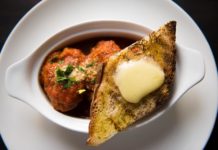
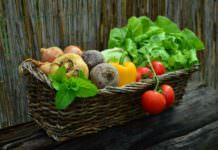

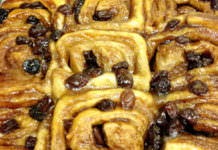
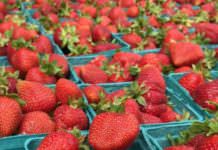
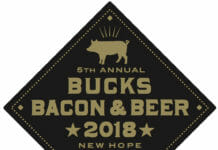
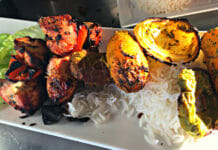

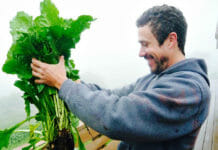
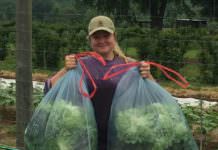
![What we’re reading [Oct 16 2017]](https://www.buckscountytaste.com/wp-content/uploads/2017/10/coffee_macbook_reading_pexels-photo-414630-218x150.jpeg)
